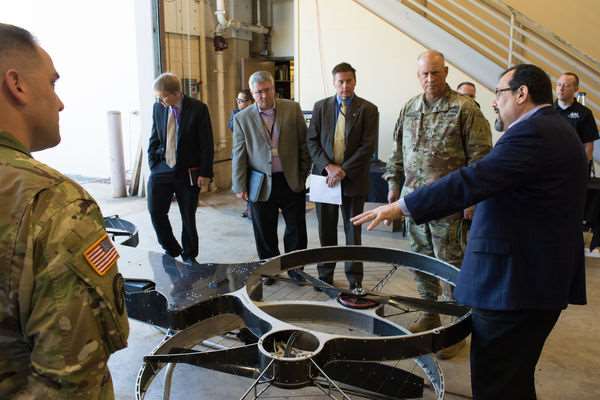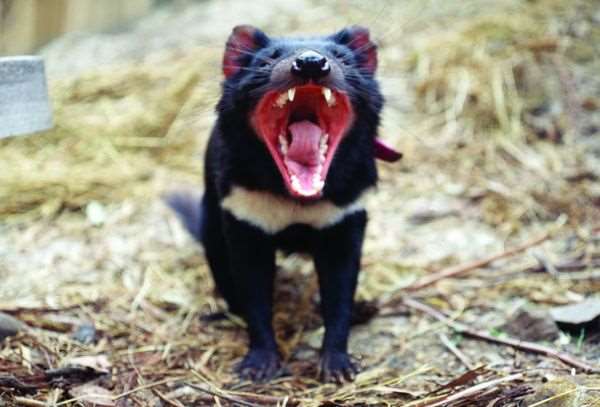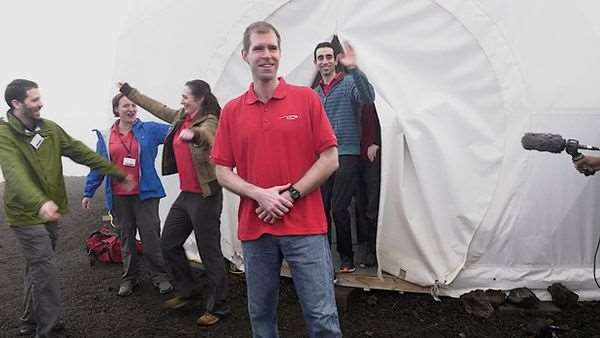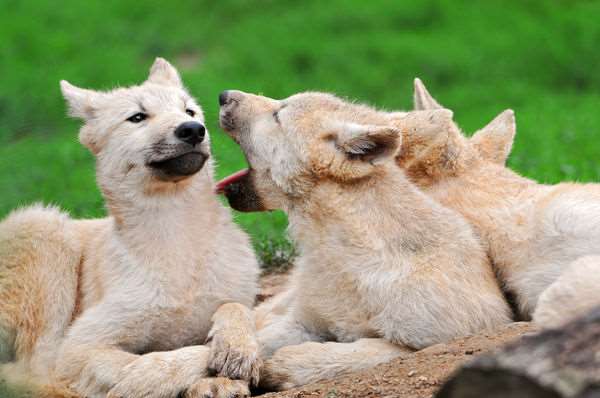Rocket Goes Boom, A Ring Of Fire, And More Amazing Images
Samantha Cole
at 10:18 AM Sep 5 2016

0 Comments

Barking Up Trees
Science //
Images from the annular eclipse in Africa on Sept. 1. The eclipse wasn't a total eclipse, where the moon would block out the entire sun, but rather an annular eclipse, which leaves a lovely 'ring of fire' visible to observers. Watch the solar eclipse in a beautiful time-lapse captured by Slooh and Weathernews Japan, here.

Annular Eclipse Timelapse
Slooh and Weathernews Japan

The Army's Hovercraft
David McNally, U.S. Army
In a rich history spanning mostly the 1950s and 1960s, the Army looked for some way to make an individual soldier airborne, in a useful way. And with a new, proven hoverbike design in the works, it seemed the 2010s could realize the abandoned dream of the 1960s. At the center of this scene is the hoverbike, which was briefly the Tactical Reconnaissance Vehicle, and is now the Joint Tactical Aerial Resupply Vehicle.
We're Overheating The Pikas
The American pika does not like it hot. Global warming is driving the tiny American pika from its mountainous territory in western North America, scientists reported August 25 in the Journal of Mammalogy. Pikas (Ochotona princeps) have an ultra-warm coat that helps them survive high in the mountains, but leaves the animals poorly equipped to handle rising temperatures. In the new survey, researchers discovered that pikas are vanishing from many longstanding habitats, largely because of climate change.

From A Driveway To An Asteroid
Lockheed Martin
Ten years ago, engineer Jim Harris attached an upside-down plastic cup to a compressor in his dirt driveway. Next month, the completed mechanism — known as TAGSAM — will begin its journey to Bennu, our closest neighboring asteroid (186,000 miles at its closest orbit). Once it gets there, it will try to retrieve a sample that could change our understanding of how the solar system formed. Here, Harris holds the final iteration of the Touch-And-Go Sample Acquisition Mechanism.

Jupiter Ascending
The view of Jupiter from Juno's closest approach on August 27.

Who's A Good Boy?
Enikő Kubinyi
According to a new study that will be published in Science this week, dogs understand more that you'd think. Using functional magnetic resonance imaging technology (fMRI) researchers were able to observe the brain activity in dogs as they listened to their trainer's voices. Here, these very good dogs pose near the fMRI machine used in the study.

Taz Fights Back
Menna Jones
Tasmanian devils have had the outrageously bad fortune to be plagued by not just one, but two contagious cancers. But the ferocious Australian animals might finally be catching a break. Tasmanian devils may be evolving to resist devil facial tumor disease, which has wiped out nearly 80 percent of their population over the past 20 years.

Exiting The Hi-SEAS Habitat
On August 28, six people stepped onto the ground at Mauna Loa in Hawaii, breathing in air unfiltered by a spacesuit or habitat for the first time in a year. They had spent the past 365 days living as though they were part of a mission to Mars.

Barking Up Trees
Flickr user Tambako The Jaguar
Wolves approach risk differently than dogs do, according to a new study out of the Wolf Science Centre in Ernstbrunn, Austria. In trails, wolves chose the risky option 80 percent of the time, while dogs only took a risk 58 percent of the time. Researchers roughly estimate that humans domesticated dogs between 18,000 to 30,000 years ago, taking away the urgency of getting a big meal, or nothing at all.
Filed under:
MORE FROM POPSCI


By Marissa Shieh Posted 24.07.2020
| 0 Comments
By Sara Chodosh Posted 24.07.2020
| 0 Comments
By Stan Horaczek Posted 24.07.2020
| 0 Comments
By Sara Chodosh Posted 24.07.2020
| 0 Comments
By Kendra Pierre-Louis Posted 24.07.2020
| 0 Comments








